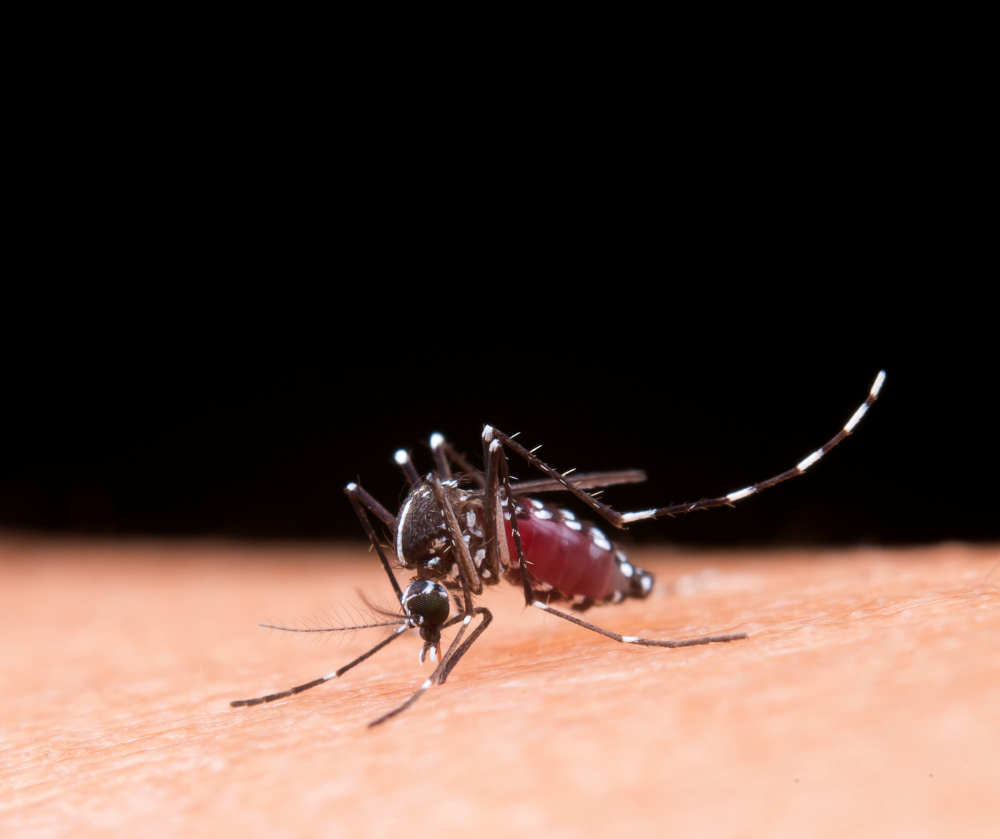


Dengue fever, a mosquito-borne viral infection, necessitates comprehensive measures for prevention and protection. The primary focus lies in mitigating mosquito populations and minimizing human-mosquito contact.
Preventing dengue involves eradicating mosquito breeding grounds, such as standing water in containers. Community-wide efforts to eliminate potential breeding sites are crucial.
Individuals can protect themselves by using insect repellents containing DEET or picaridin. Wearing long-sleeved clothing and closed shoes, especially during peak mosquito activity, helps reduce exposure to mosquito bites.
Installing screens on windows and doors, as well as using bed nets treated with insecticides, provides physical barriers against mosquitoes. This is particularly important in regions where Aedes mosquitoes, the dengue virus carriers, are prevalent.
Community engagement plays a pivotal role in dengue prevention. Educational programs raise awareness about the significance of eliminating breeding sites and using protective measures. This empowers communities to actively participate in the fight against dengue.
Governments and health authorities must implement effective vector control programs, incorporating larvicides and insecticides, to reduce mosquito populations in high-risk areas.
Early detection and treatment are critical. Individuals experiencing symptoms like high fever, severe headache, and joint pain should seek prompt medical attention to prevent the virus’s further spread.
In essence, a multifaceted approach encompassing community involvement, robust mosquito control initiatives, and individual protective measures is essential in the collective effort to prevent and protect against dengue fever.

When one gets infected of dengue virus, most of these symptoms persists upto 10 days in most cases and in some cases few days more depending on the type of dengue, immunity, general health condition and treatment.
In case of any or few of the symptoms


